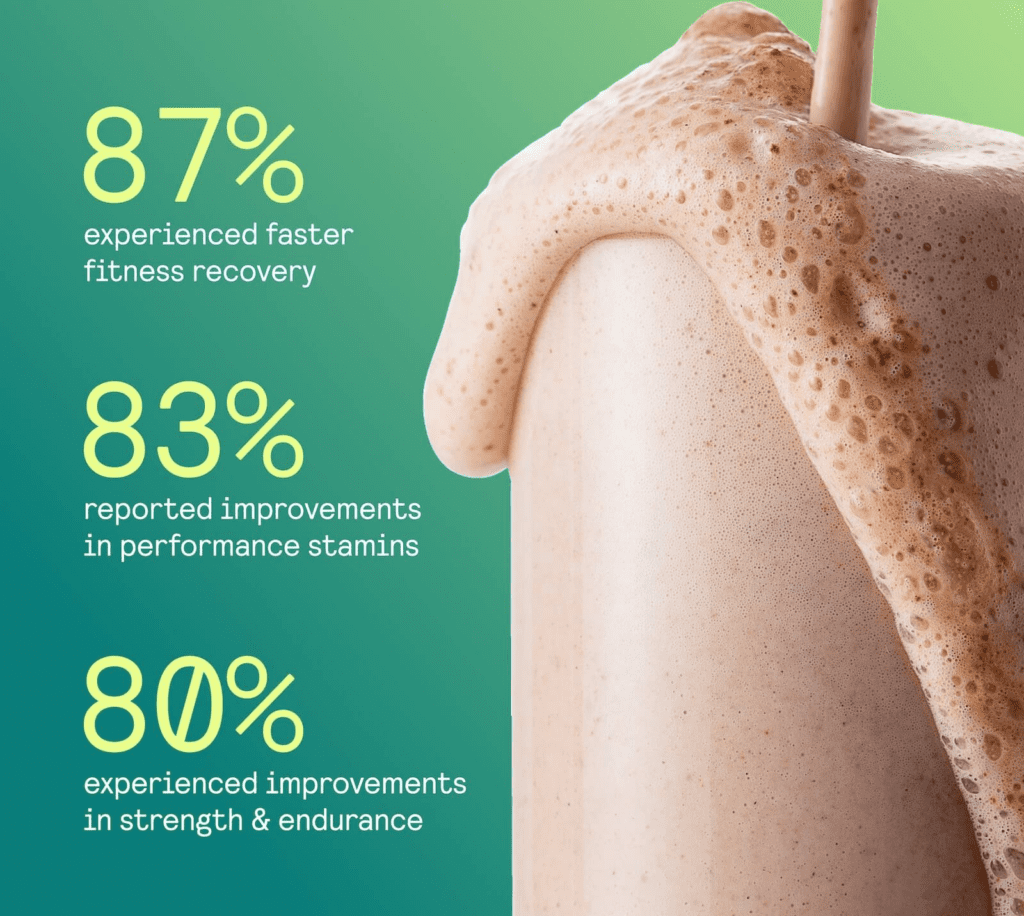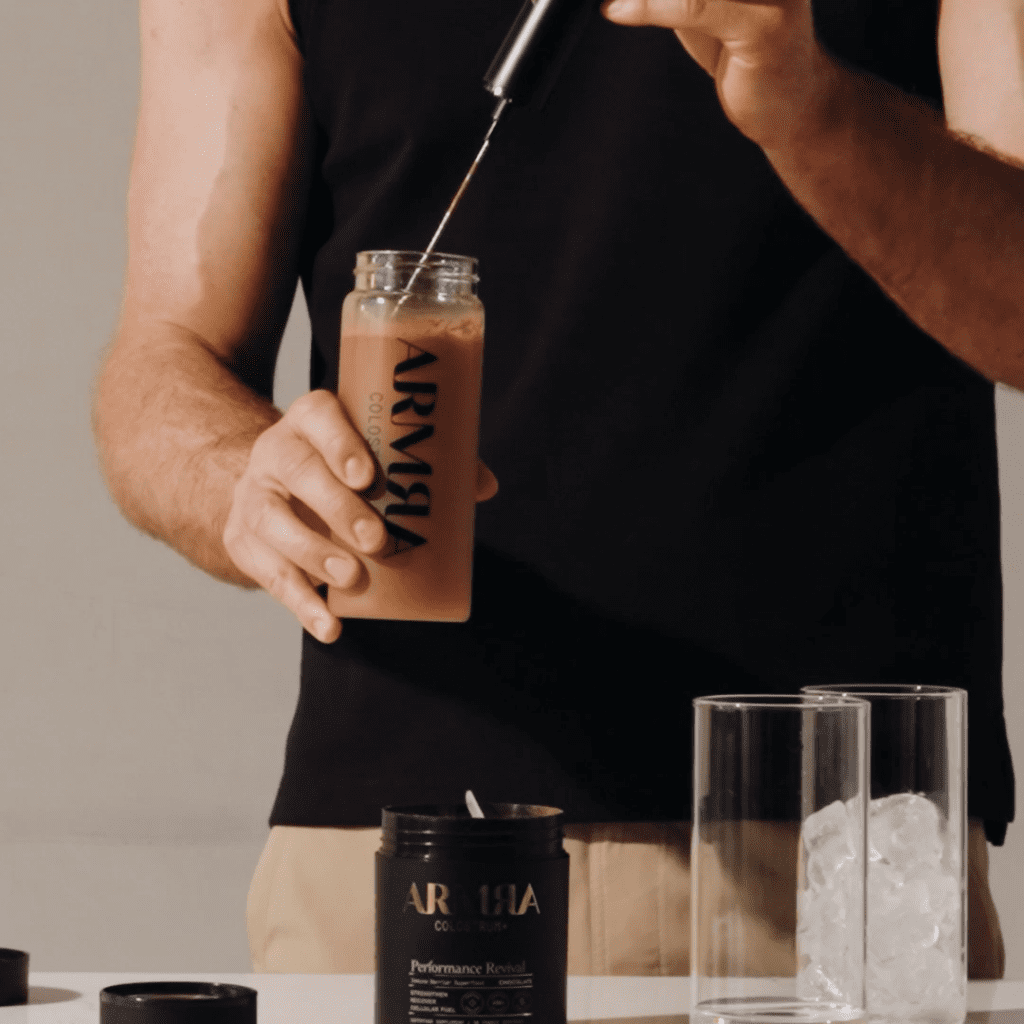If you’re serious about your macros, tired of sugar-laden “protein” bars, and want a grab-and-go snack that actually helps build muscle and support fat loss, David Protein Bars are going to change the way you think about portable nutrition.
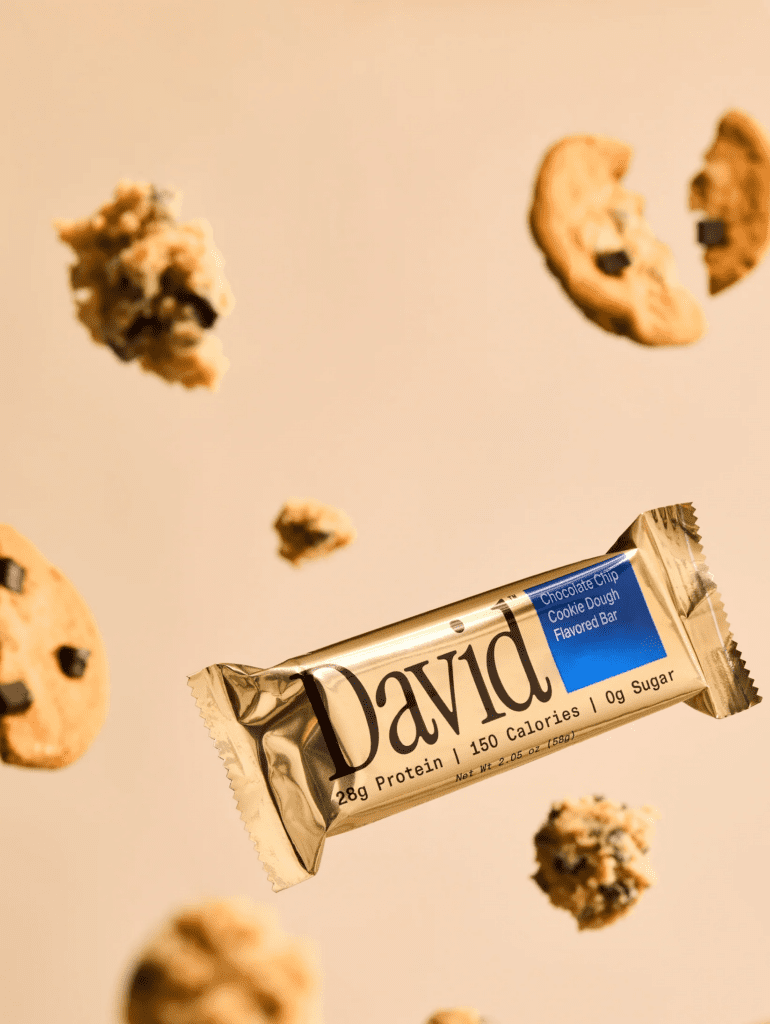
I’ve tested every major protein bar out there. Most are glorified candy bars with a little extra protein tossed in. David is different. It’s not just a protein bar—it’s a scientifically-engineered performance tool, and it delivers.
Macros That Matter
Let’s start with the headline stats:
- 150 calories
- 28 grams of protein
- 0 grams of sugar
- 75% CFP (Calories From Protein)
That 75% CFP is roughly 50% higher than any other bar on the market. It means three-quarters of the energy you get is from muscle-building protein, not fats or sugars. For anyone optimizing body composition, this is gold.
What Makes It Work: The Science Behind the Bar
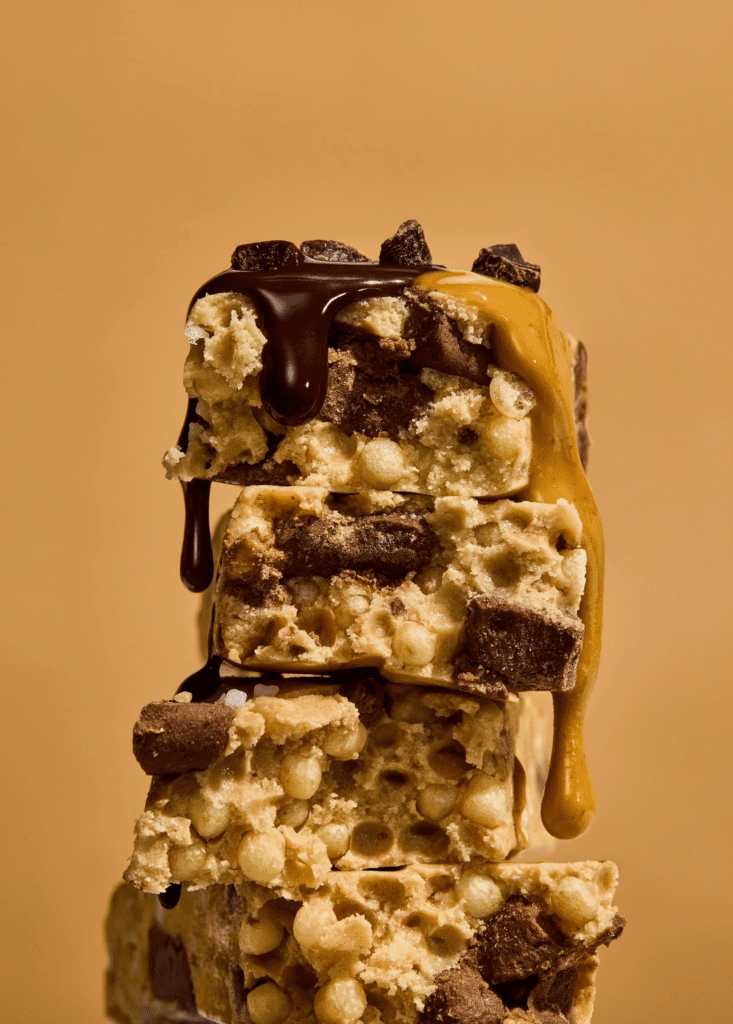
1. The Protein System
David uses a multi-source blend: milk protein isolate, collagen, whey concentrate, and egg white. This combo provides a complete amino acid profile with a perfect 1.0 PDCAAS. That means it’s as efficient as protein gets—ideal for muscle repair, hormonal balance, and even skin, hair, and nail health.
2. The Binding System
Binding is usually where bars pack in sugar and calories. David uses maltitol and allulose, which keep the bar together, offer sweetness, and don’t spike blood sugar. They’re also easier on calories. Bonus: some of the binders like glycerin and tapioca starch provide prebiotic benefits.
3. The Fat System
Here’s where David gets next-level. Instead of loading up on calorically dense fats, they use a modified plant fat called EPG, along with small amounts of coconut oil, cocoa butter, and palm kernel oil. This allows for a creamy, satisfying texture without the 9-calories-per-gram hit from traditional fat.
4. The Flavor System
David is sweet, rich, and indulgent without the sugar. Their system uses cocoa powder, sucralose, acesulfame potassium, and natural flavors to create dessert-like profiles with no blood sugar impact.
Flavor Rundown
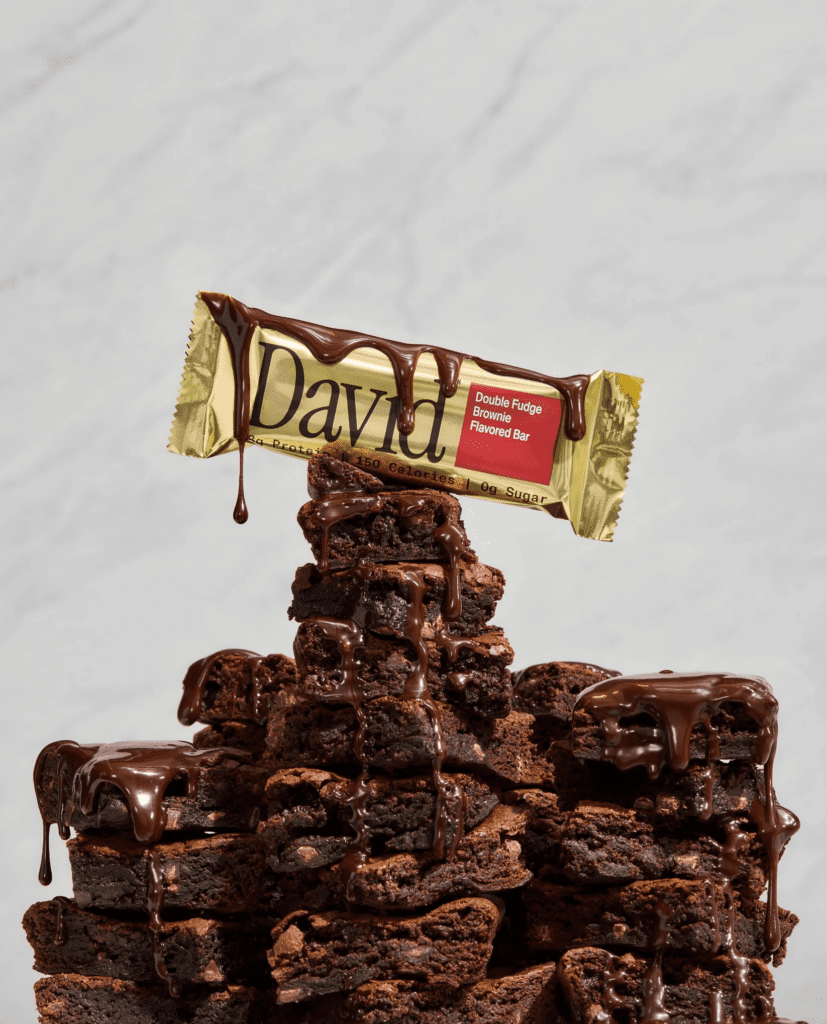
I sampled six of the most popular flavors. Each one had a dense but moist texture, not chalky or gritty like other high-protein bars. You can eat them at room temp, chilled, or warmed up in the microwave for 10 seconds (game changer).
Favorites Ranked:
- Chocolate Chip Peanut Butter – Hands-down my go-to. Tastes like a Reese’s met a protein cookie. Sweet, salty, chocolatey, perfect texture.
- Fudge Brownie – Rich and dark. More like a brownie than some actual brownies I’ve had.
- Salted Peanut Butter – Great savory-sweet balance. Feels substantial.
- Cookie Dough – Classic profile, smooth with chocolate chunks. Solid choice.
- Cake Batter – On the sweeter side, great for dessert cravings.
- Blueberry Pie – A unique twist. Not my favorite, but a nice change of pace.
Real Talk: How It Performs
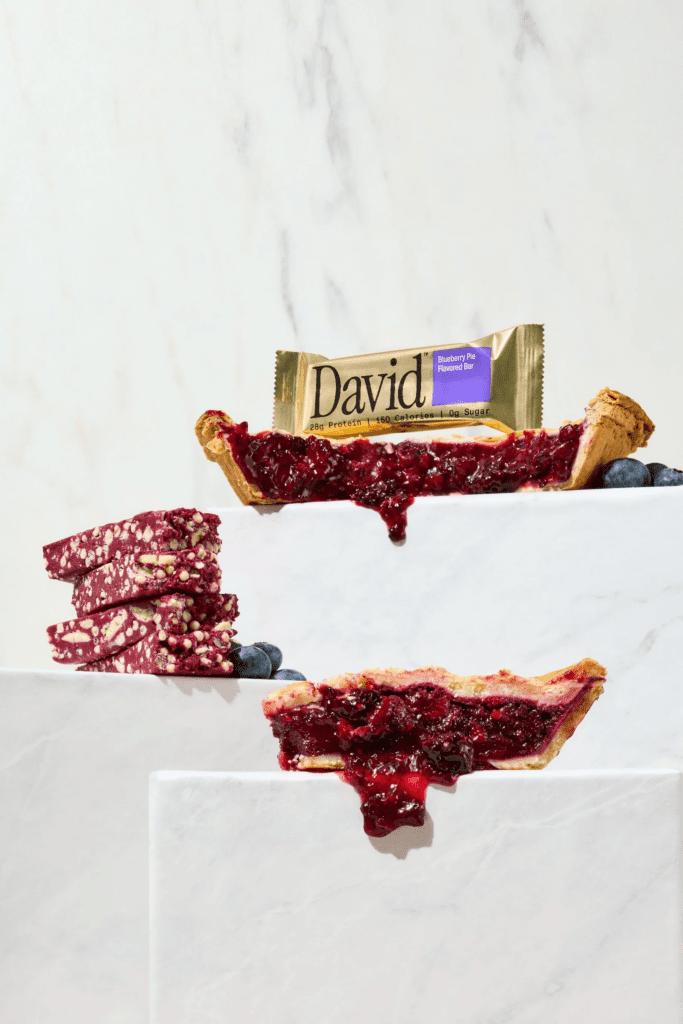
These bars have become my go-to post-workout fuel and midday protein boost. The ultra-high protein-to-calorie ratio makes them perfect for:
- Cutting phases
- High-protein, low-carb diets
- Blood-sugar stability
- Meal replacements on the go
I typically have one post-lift and another in the late afternoon to hit my protein targets without blowing up my calorie count. Just keep in mind: limit to two per day to avoid any digestive discomfort, especially if you’re not used to sugar alcohols.
Final Thoughts
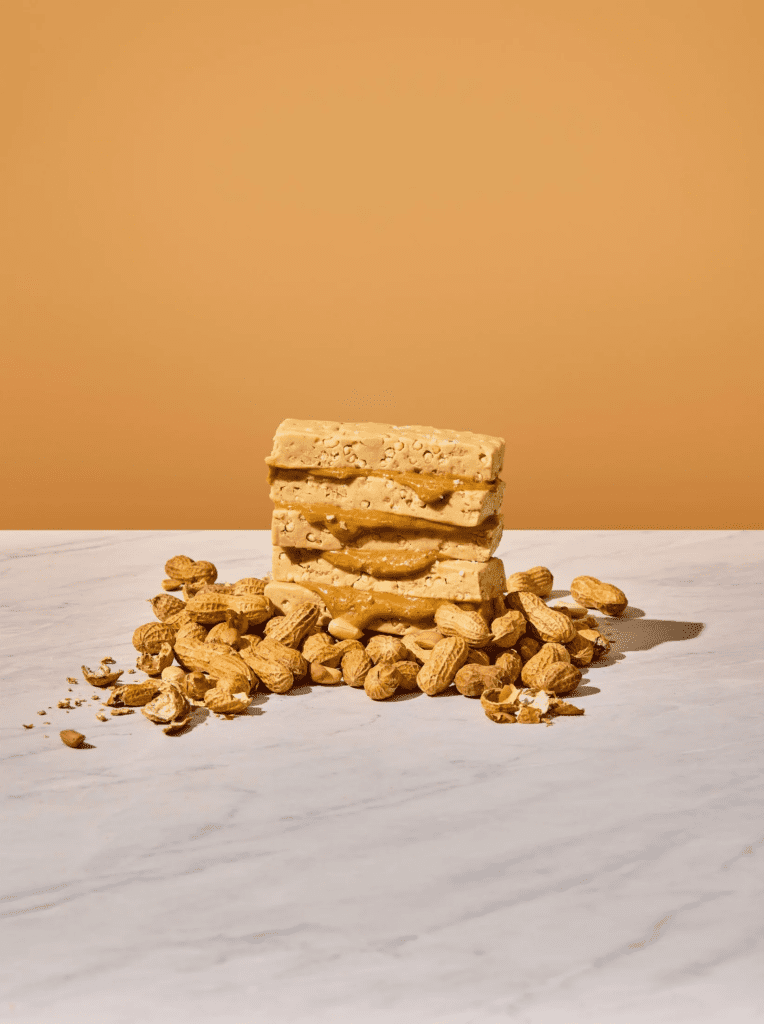
David Protein Bars aren’t just another snack. They’re a precision-engineered nutrition tool that puts protein first. If you’re someone who values muscle growth, metabolic health, and real results, these bars check every box.
Pros:
- Unmatched protein-to-calorie ratio
- Zero sugar
- No blood sugar spikes
- Full amino acid spectrum
- Tastes legit
Cons:
- Contains sucralose and maltitol (which some may want to moderate)
- May cause GI issues if overconsumed
Rating: 9.5/10
Make room in your daily stack. This is the smartest protein bar on the market.

